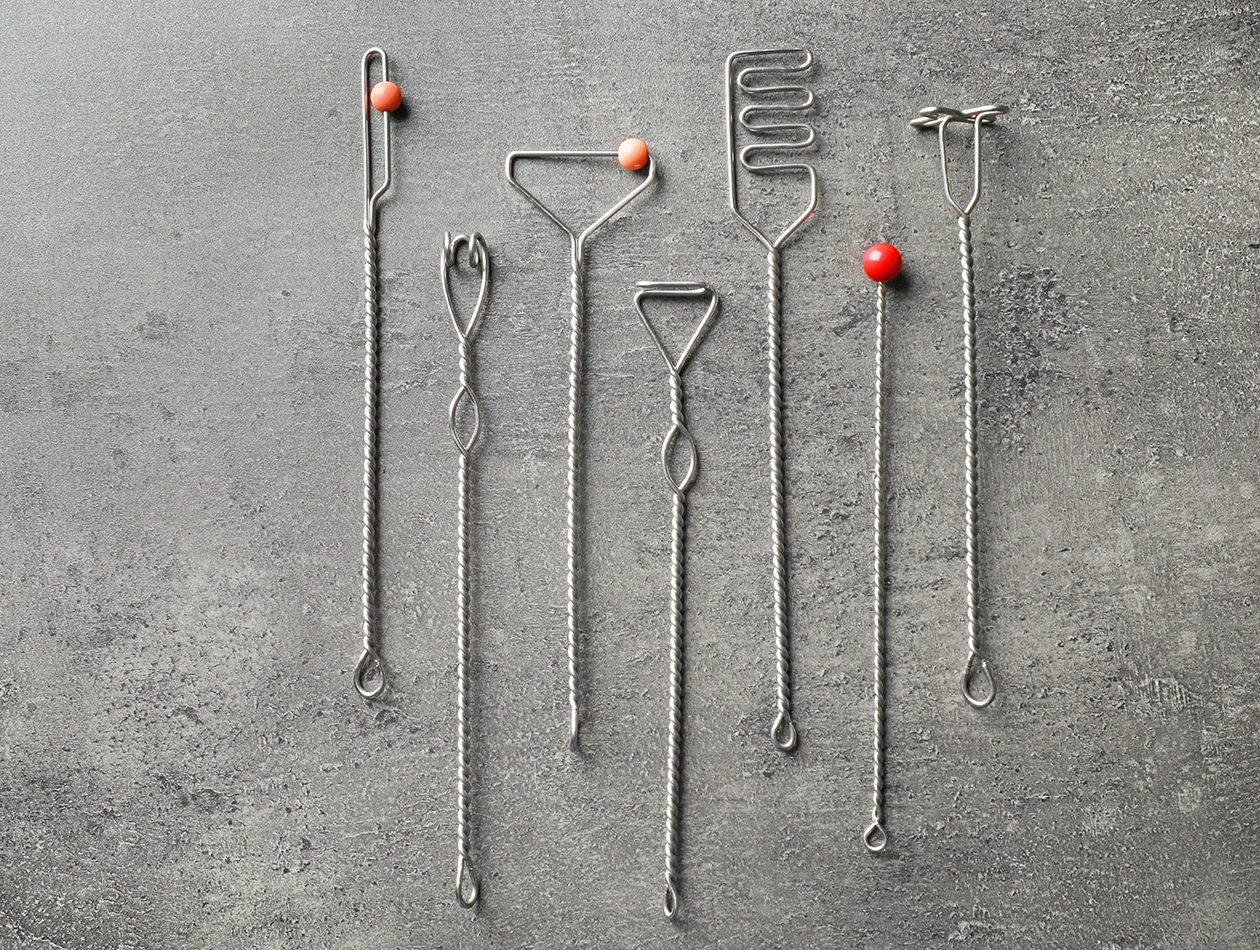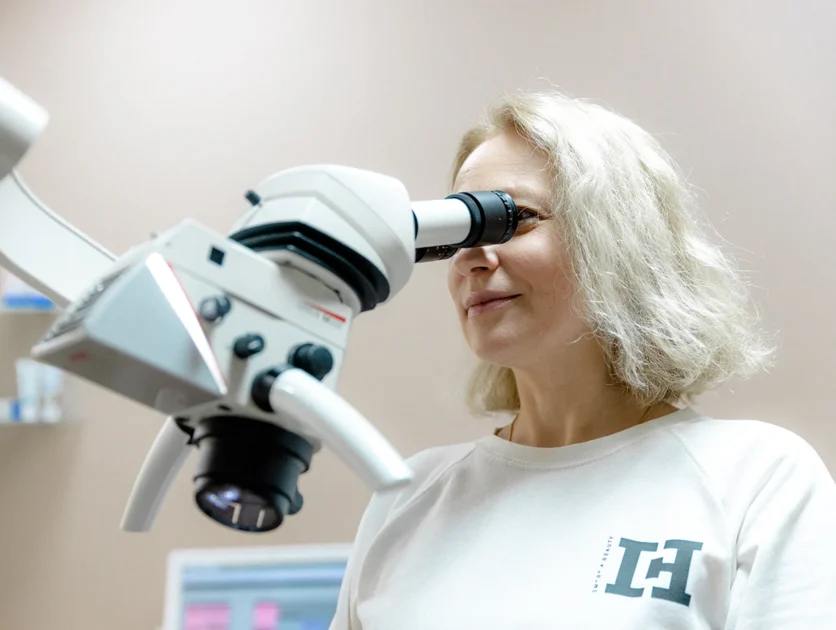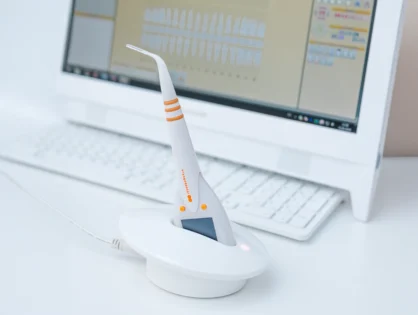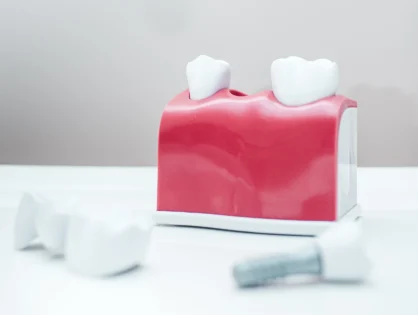The health of the dentoalveolar system and correct human speech are inextricably linked. Usually, the patient has to search for help from different specialists to eliminate anatomical and speech disorders, and the actions of doctors in this case are not coordinated. This complicates the solution of the problem and does not allow obtaining the desired results of treatment. Therefore, the only correct approach involves close cooperation between the dentist and speech therapist, which is just beginning to be realized in some modern clinics.
Who is a speech therapist-defectologist and what he does
A speech therapist is a specialist with a defectological education who is engaged in the diagnosis, correction and prevention of speech, reading and writing disorders. His help may be needed both in childhood and in adulthood.
Main areas of work of a speech therapist-defectologist
The speech therapist determines the existing disorders in the patient, which can affect the pronunciation of sounds: malocclusion, anomalies in the structure of the jaws, defects in teeth. Such dental issues cause burr, lisping, cause interdental pronunciation of sounds due to the incorrect mutual position of the teeth, tongue, change in the shape of the oral cavity. They require treatment by a dentist — orthodontist and a speech therapist-defectologist. Speech therapist-defectologist selects optimal methods for the patient and conducts corrective work in several areas:
- Formation of correct pronunciation of sounds
- Development of proper speech breathing
- Development of phonemic processes (auditory perception)
- Development of visual-spatial gnosis
- Development of fine and general motor skills, coherent speech, formation of grammatical skills and skills necessary to improve communication function.
How dental correction affects articulation?
Violations of the structure of the dentoalveolar system make it impossible to correctly articulate. Creating favorable conditions for a clear sound expression is helped by various methods of dental correction, which are used in accordance with the available indications:
- Orthodontics — treatment of uneven teeth and violations of the dentition (prognathic, progenic, open, deep, cross-bite or neutral bite with abnormal position of individual teeth). In particular, with distal biting, the pronunciation of hissing and labial-dental sounds is disturbed ([zh], [sh], [b], [b’], [m], [m’], [f], [f’], [v], [v’]), less often – [r], [r’]. Correction of occlusion with braces, aligners allow you to deflect the upper teeth back, and the lower ones forward, creating the necessary conditions for the pronunciation of these sounds.
- Prosthetics — restoration of the dentition with the help of removable or non-removable structures with full or partial loss of teeth. Such treatment helps to eliminate, for example, lisping — a violation of the pronunciation of hissing and whistling sounds that occur due to the lack of teeth.
- Implantation — installation of dental implants to restore the dentition. Like prosthetics, it eliminates speech problems arising from tooth loss.
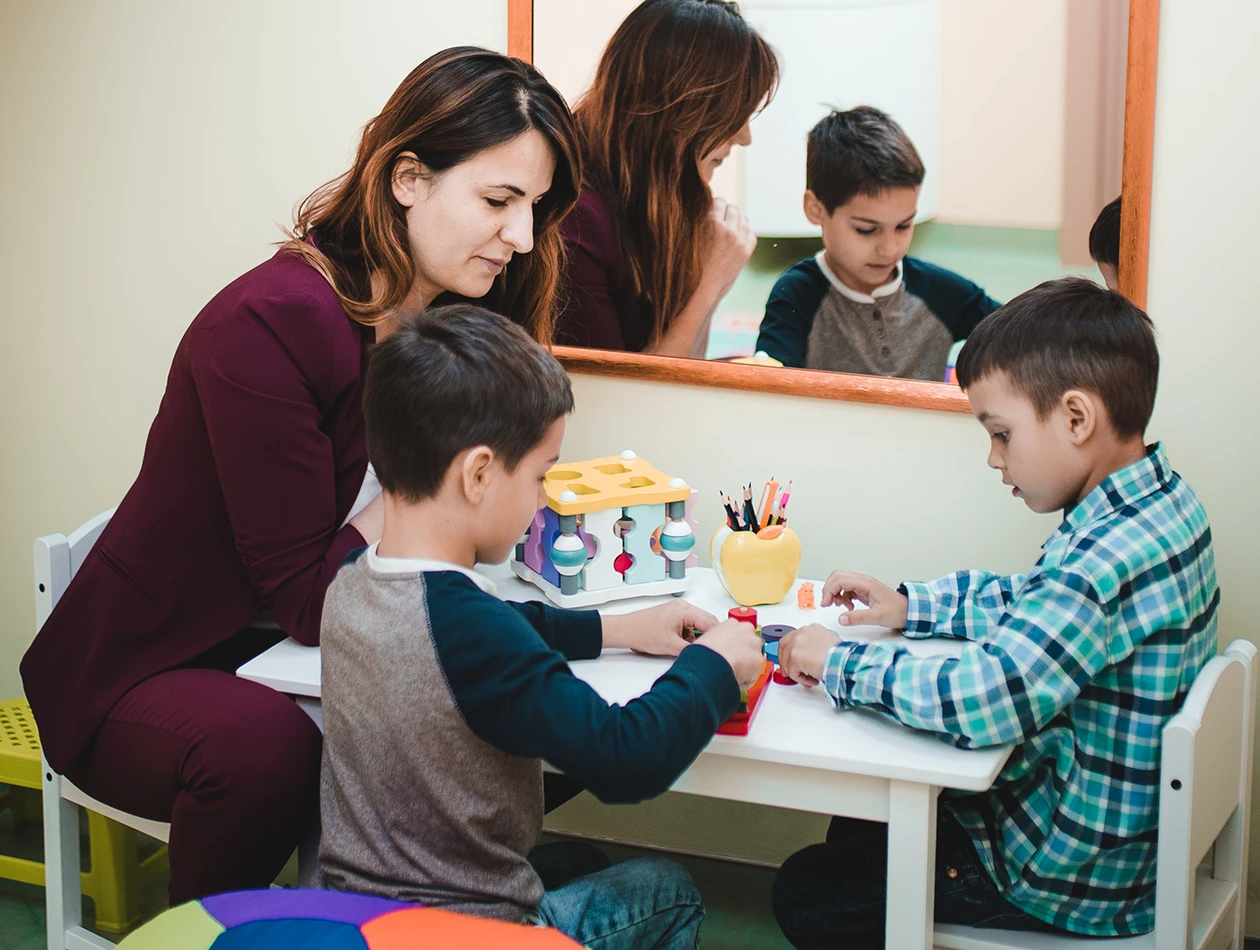
An integrated approach to form a clear sound expression
The anatomy of the dentoalveolar apparatus and speech cannot be considered separately, this is an example of the relationship of structure and function that is characteristic of the entire living organism. To form a clear sound and optimal structure of the speech apparatus, an integrated approach is needed, and this requires the cooperation of dentists and speech therapists — defectologists.
A typical case in which such interdisciplinary interaction is essential is the presence of an incorrect bite. At the same time, the child requires not only orthodontic intervention, but also the help of a speech therapist-defectologist, and the actions of these specialists must be coordinated.
In the absence of bite correction, speech therapy sessions will be ineffective. On the other hand, the skills of correct speech do not arise independently, even if the bite is corrected. And if the violation of the motor and speech program is fixed in the brain, even successful orthodontic treatment will not help to eliminate the speech defect.
Specialists of the University of Messina (Messina, Italy) Martina Costanzo, Francesco Puleio, Roberto Lo Giudice, Angela Alibrandi, Ilenia Campione in their article[a] provided the results of a survey of dentists and speech therapists on the need for their cooperation. According to the majority of physicians surveyed, such interaction is crucial for solving complex oral health and communication interactions in patients of all ages.
Employees of the State University of Campinas (Piracicaba, Brazil) – Luciana Tiemi Inagaki, Daniela Galvão de Almeida Prado, Alexsandra Shizue Iwamoto with co-authors note the best results of such complex treatment of children with early caries.
The importance of the accompaniment of the speech therapist in the correction of the tongue bridle is emphasized in the article[b] of Portuguese specialists Gomes, Erissandra; Araujo, Fernando Borba de е Rodrigues, Jonas de Almeida, еру staff of the Federal University of Rio Grande do Sul.
So, the best results of treatment should be expected in the clinic where special attention is paid to the interaction between dentistry and speech therapy. This requires joint support of the patient that will help to eliminate anatomical disorders and speech defects as much as possible.
When simultaneous help from a speech therapist and a dentist is needed?
Coordination of the actions of a speech therapist and a dentist is necessary for congenital and acquired pathologies of the dentoalveolar apparatus that affect speech:
- Absence of teeth
- Crowding, incorrect position of teeth
- Deformations of the dentition
- Malocclusion
- Short bridle of the tongue.
The right combination of speech therapy and dental treatment is the only way to effectively restore oral health and form the correct articulation. This helps to get rid of both aesthetic flaws and difficulties in communication, which significantly improves the quality of life.

